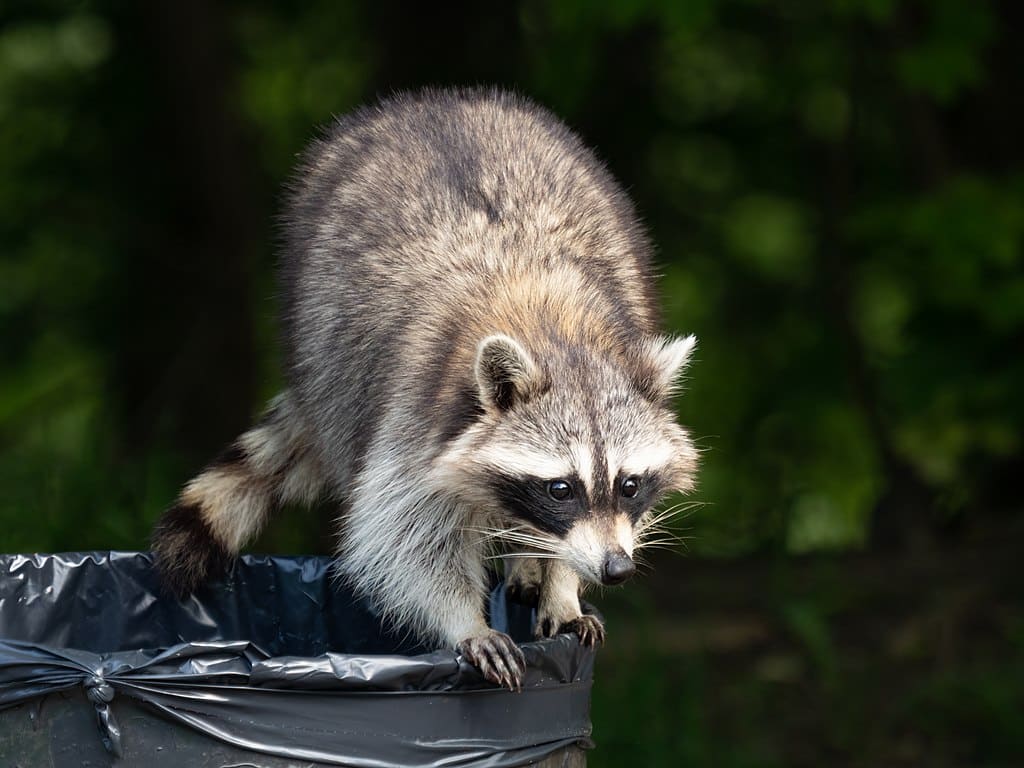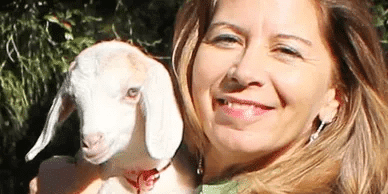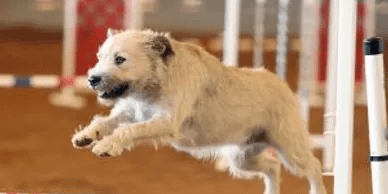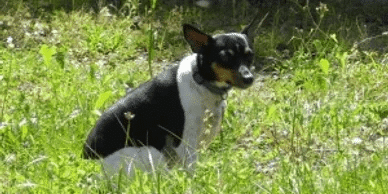
Hans and I went to Canada recently. The first morning in Toronto, we had coffee in the Chelsea Hotel’s courtyard. The area was very urban, so imagine my surprise when a raccoon strolled across the courtyard like he owned the place.
Aside from a stubby short tail, this early morning rambler seemed to be in top form. He was fat as sassy as he went about his business, ignoring the few humans who were out enjoying the morning in the not-quite-awake city.
I wondered about this self-assured critter who padded past the quietly splashing fountain to check out whether anything tasty had fallen near the trash cans by the service door. What was he doing in the city, in daylight, unafraid and unconcerned about humans? Where did he live? Did he have family or friends?
I tried to reach out to him telepathically, but he wasn’t interested in chatting right then, so I waited a couple of hours and tried again. He showed me an image of himself curled up on a soft dirt bed in a crawlspace under a building. I couldn’t see any family or friends with him, but I didn’t sense that he felt lonely, so maybe they were nearby.
He showed me that he was an old raccoon, and that he’d lost part of his tail in a near miss with a coyote. He liked being in the city because coyotes couldn’t hide and pounce as easily in an urban setting as they could in the forest. He’d been raiding trash cans with his mother and siblings his whole life, so he felt comfortable in the city, even though he’d grown up in the forest.
When the day came that the city went quiet and the bustle of people and the noise of traffic just stopped, the city began to feel as tranquil as the forest—but much safer. So, the raccoon made the city his full-time residence. He enjoyed raiding trash cans and backyard gardens and bird nests, and drinking from fountains and drain spouts. He established a routine based on trash pick-up days—one of the few things that remained constant after the city went quiet.
He wasn’t the only wild animal who came into the city when the people left, but he was one of the few who stayed when people and cars came back to the city. He didn’t begrudge the humans their space. He was quite happy to coexist, to live in harmony with humans. He kept to himself and did his thing, expecting humans to do the same.
It occurred to me that we humans almost always manage to mess up our relationships with animals and nature by overtaking and exterminating everything around us. I wonder…. Could we manage to be more like that stub-tailed raccoon and just get along with animals the way they get along with us? I’d like to think we could, if we try.











Sweet commentary